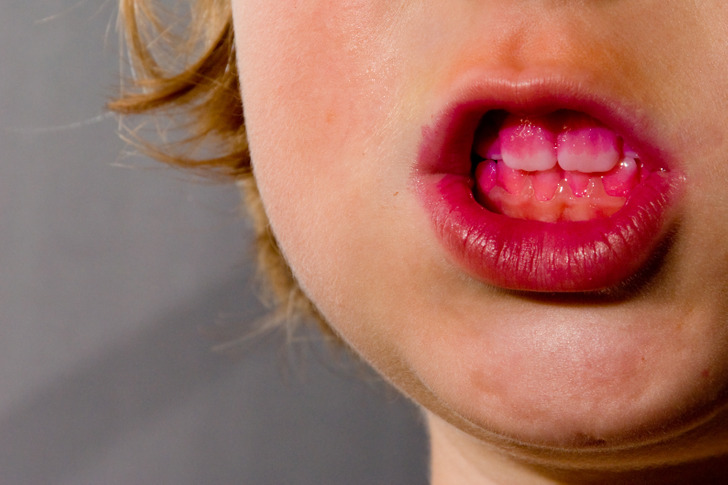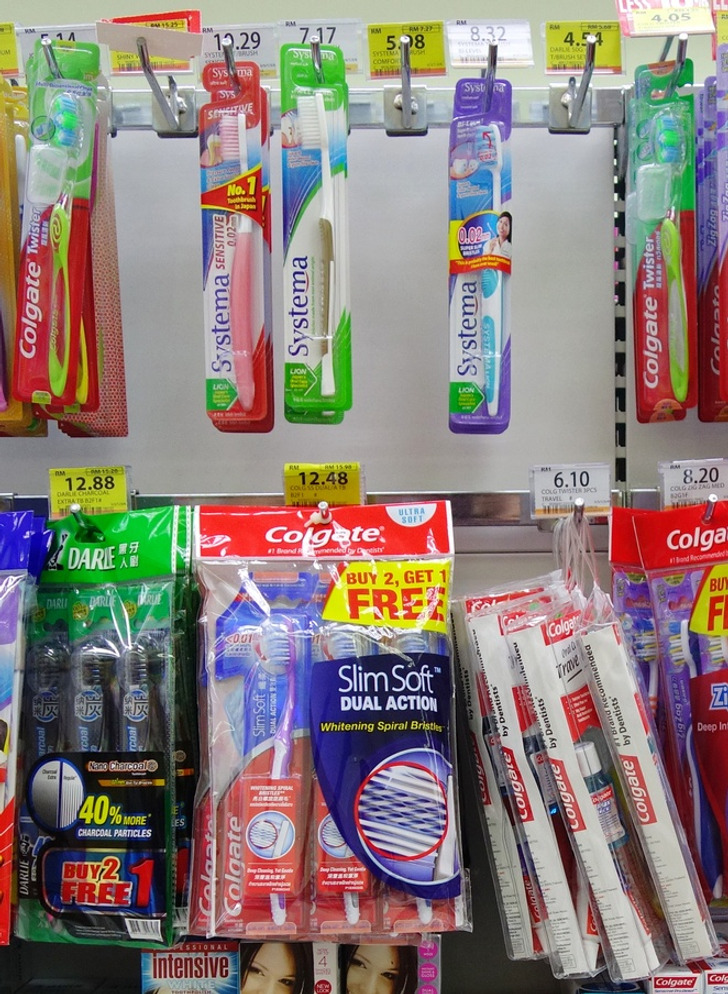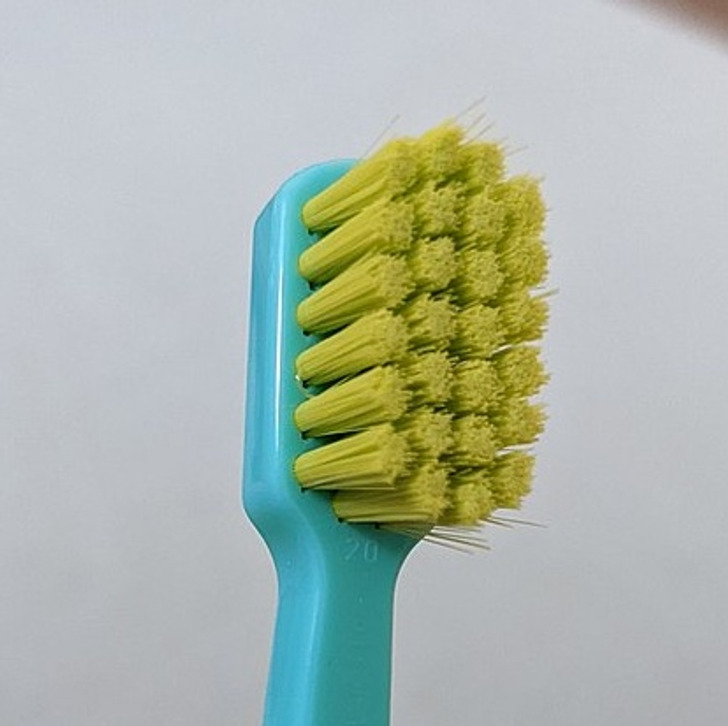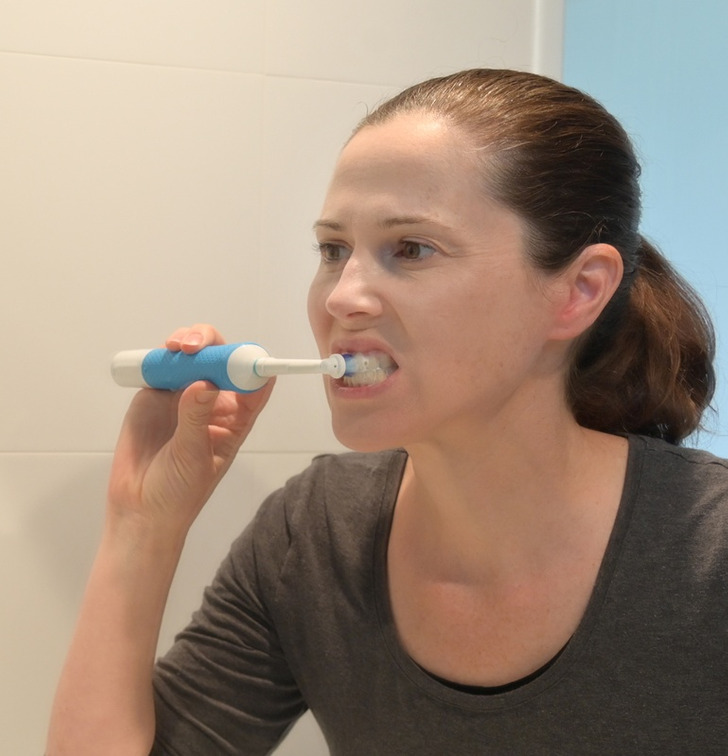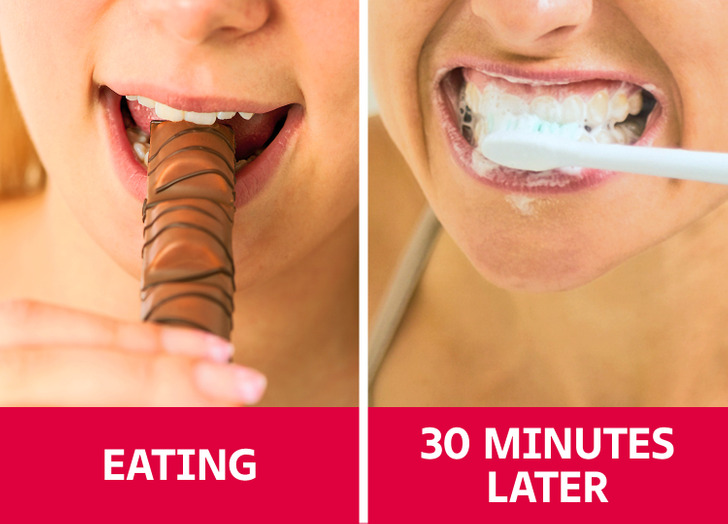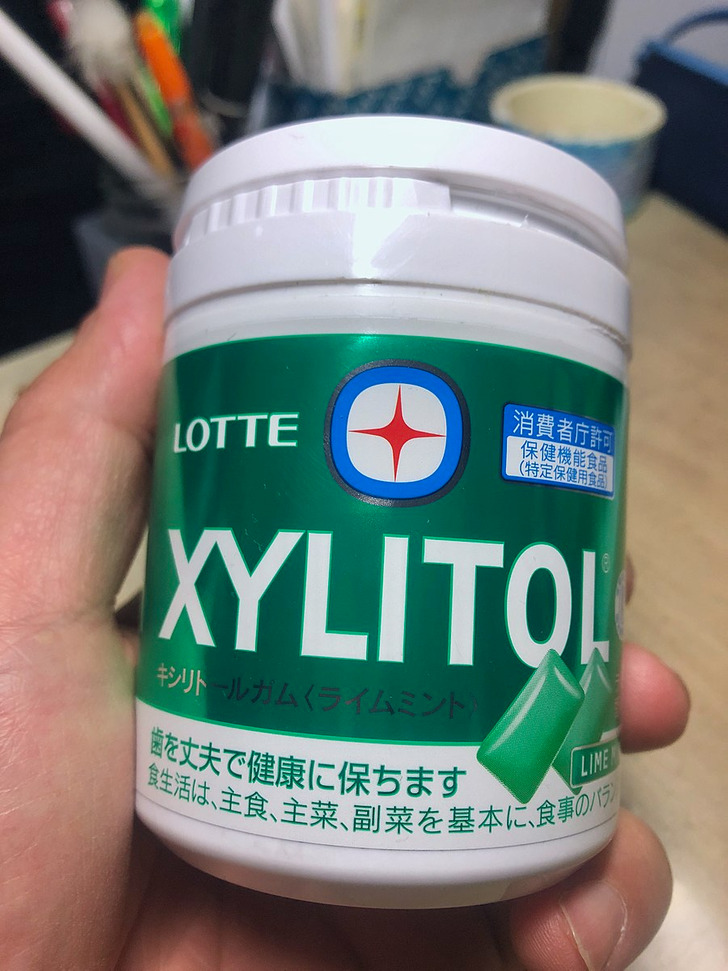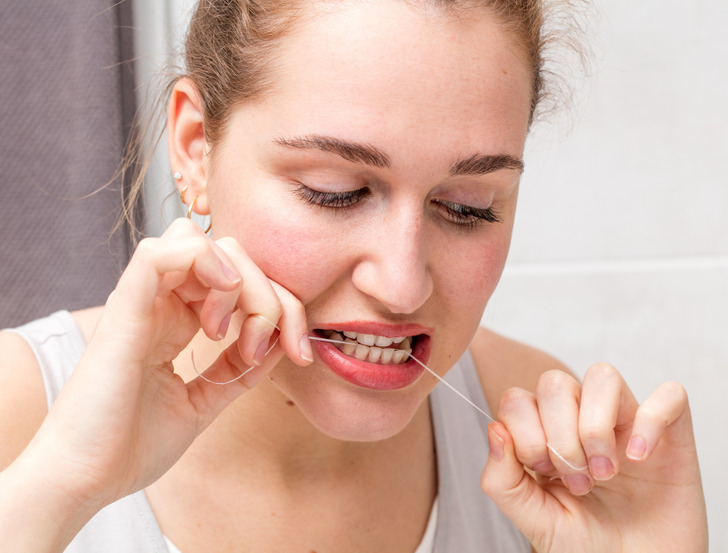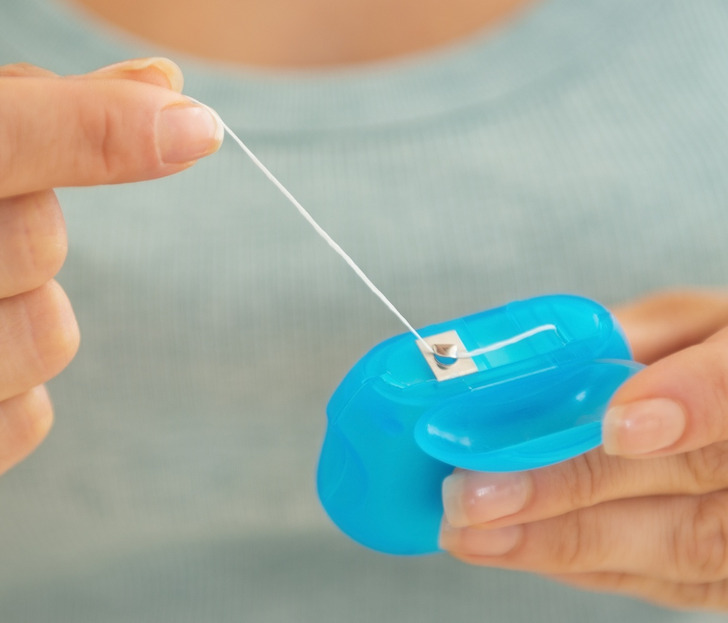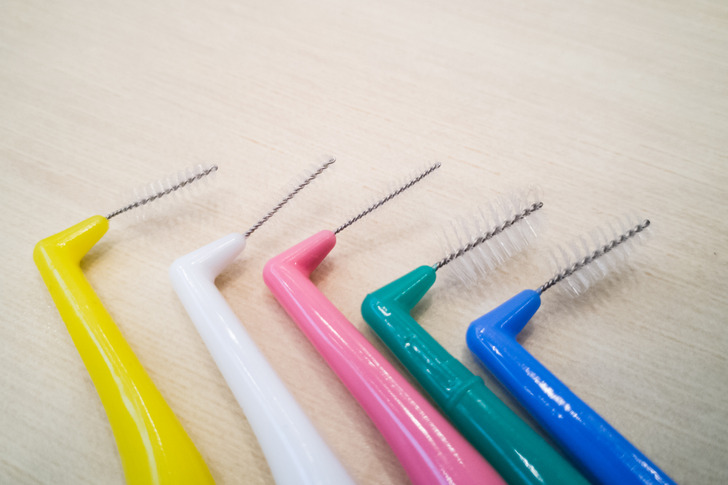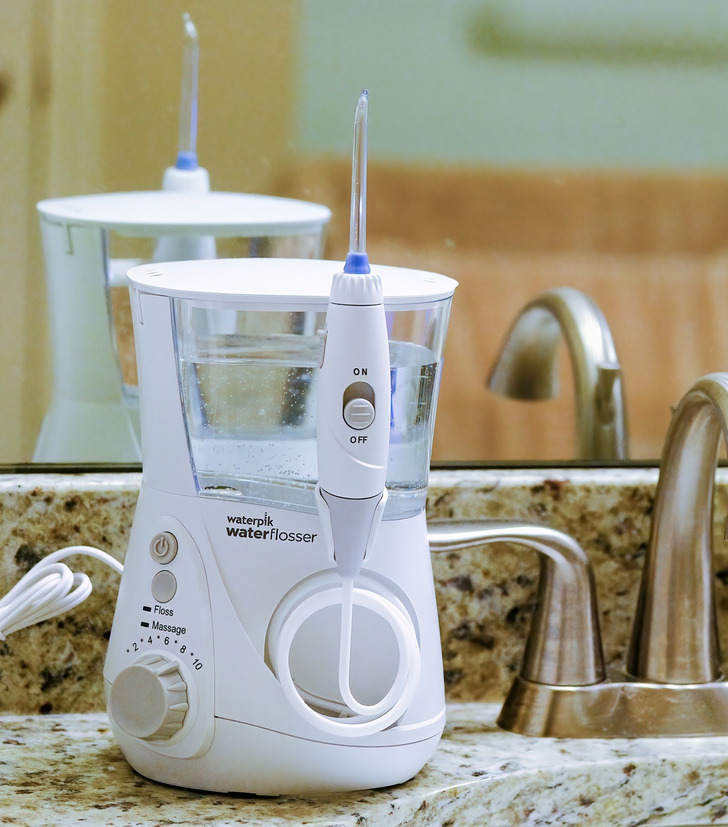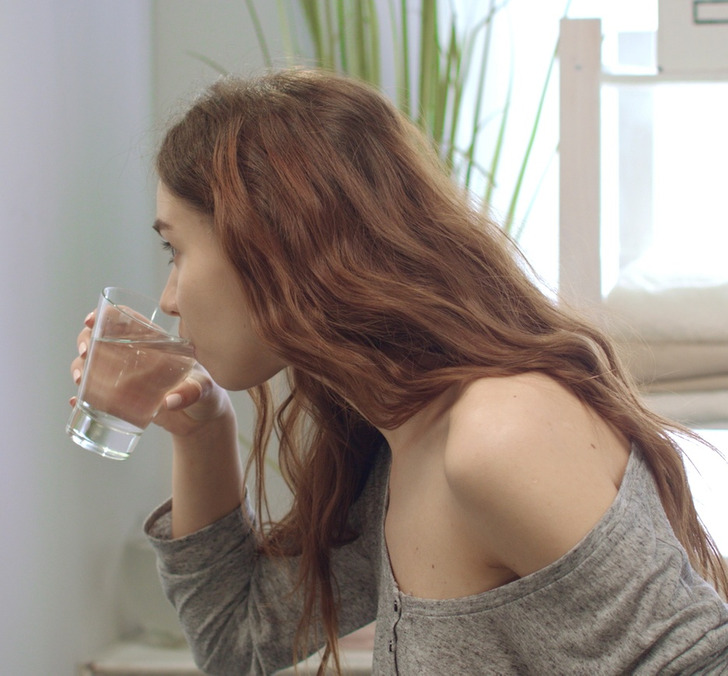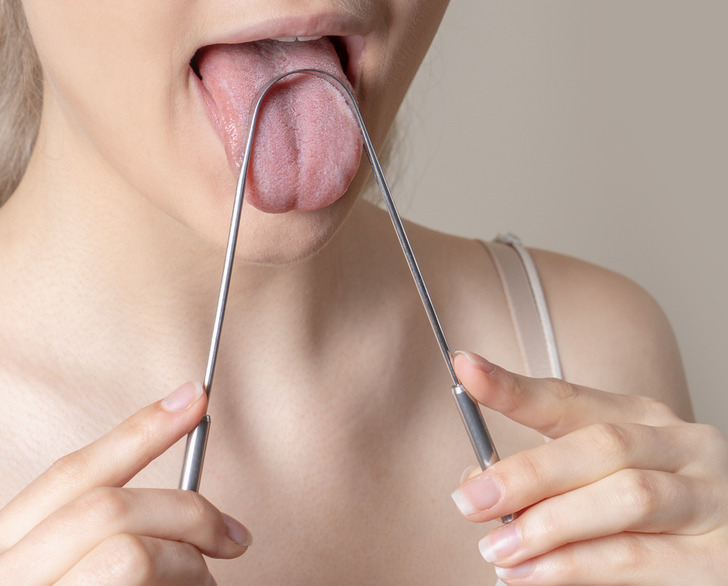12 Dental Hygiene Hacks That May Cut Down the Treatment Costs
Everyone knows that we should visit dentists at least twice a year. And judging by the recent numbers, many people really do. But not everyone does additional things to take care of their teeth. Only 64% of adults brush their teeth in the morning and in the evening. Meanwhile, regular flossing and brushing can significantly decrease the amount of money spent on dentists.
CHEERY understands the importance of a healthy smile. We looked for simple, but also always obvious, recommendations from doctors and scientists. It turned out that a toothbrush alone is not enough and the order of the procedures really matters.
Paint your teeth pink.
Paint your teeth, but temporarily. This way, you can find the areas where dental plaque builds up. Special pills you can use yourself will make your teeth light pink. The areas where the dye is the most visible need your biggest attention when brushing and flossing. Some manufacturers even use colorants that light up in darkness. Just imagine how fun brushing your teeth can be.
Use a soft toothbrush.
There’s a stereotype that firmer toothbrushes are better at removing plaque. In fact, they can damage your gums. Experts recommend using soft brushes. An electric brush is good for people that brush aggressively. Such brushes help prevent too much movement and achieve better results.
Use small-headed brushes.
There are all sorts of shapes and sizes of brushes in the market. Small-headed ones have their advantages. The small size allows you to reach the most unreachable corners. It’s hard to do with a bigger brush.
Brush your teeth before breakfast.
When we are sleeping, the bacteria causing the plaque, reproduce in the mouth. This is why in the morning, the breath is not as fresh as we’d like it to be. Brushing teeth before breakfast removes the plaque and covers the enamel with a special protective barrier from the acids in the food. And also, this morning ritual starts the process of saliva production that fights bad microorganisms and helps digest the food.
Don’t use a toothbrush for 30 minutes after food.
Brushing teeth right after food is dangerous. If you ate something that increases acidity, such as fruits or bread, it’s better not to brush your teeth for 30-60 minutes after. Otherwise, there’s a risk of damaging the enamel that becomes more vulnerable after a meal. But there’s something you can do — drink some water or chew a sugarless gum.
Chew gum with xylitol.
Floss before brushing.
When flossing, we remove all the dirt from between the teeth. If you do it after brushing, the bacteria will stay in the mouth. Experts recommend flossing first and then brushing. This way, you will have less plaque in the mouth and a lower risk of gum disease.
Floss to decrease the toxic load.
A recent study found dangerous chemicals in flosses. Such toxins may also be found in nonstick cookware, ski and floor waxes, and thread seal tape. According to experts, these chemicals may build up in the body for years and have a negative effect on health. Fortunately, there are safe types of floss. Choose flosses made from dacron, coated with regular wax.
Try interdental brushes.
If you don’t feel like flossing every day (only 1/3 of the world’s population floss), special interdental brushes may be your solution. They decrease the amount of dental plaque and inflammation just as well (if not better) as floss. All you have to do is choose the right size of the brush for your teeth and replace them on time. This tool is absolutely necessary for people with implants, braces, bridges and so on. Besides, if you have joint issues, these brushes are great — they don’t require any additional movement.
Try a water flosser.
There are some areas that can’t be cleaned with a floss. In this case, try a water flosser. The water can get to the furthest points. And if you have gum problems, you can use a water flosser to keep periodontal pockets clean and your breath fresh.
Don’t rinse your mouth right after brushing.
Rinsing your mouth can neutralize the effect of your toothpaste. The water can wash off the fluoride. This mineral is added into many pastes to make the enamel stronger. You can rinse the mouth a few hours after brushing or if you use a fluoride-containing liquid. Make sure you don’t eat or drink anything for 30 minutes after using it.
Use tongue scrapers for a fresh breath.
Researchers found that tongue scrapers can solve the problem of bad breath in a long-term perspective. The thing is, a scraper can remove volatile sulfur compounds that cause bad breath.
How often do you see your dentist? What dental care life hacks do you have?
